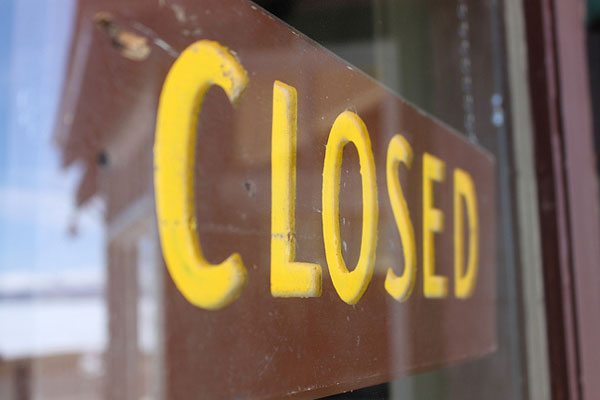
November 3, 2017; The Nation
Earlier this month, the news that New America Media would cease operation after 45 years caught many in the journalism world by surprise. In keeping with the idealistic founding of the nonprofit, the organization’s leadership is now working around the clock to ensure that “NAM’s work can live on without NAM.”
New America Media’s parent organization, Pacific News Service, was established in 1970 to be an alternative voice on the Vietnam War. Over the years, both organizations launched projects that aimed to broaden and diversify the media industry. Board member James Bettinger, longtime director (now emeritus) of the John S. Knight Stanford Journalism Fellowship program, noted, “Long before terms like civic engagement, youth media, collaborative reporting, and inclusive journalism were in vogue, PNS and NAM were inventing how to implement them.”
Writing in the Nation, Joan Walsh describes how early in her career, executive editor and director Sandy Close, a MacArthur fellow, helped her to see stories that were emerging in California “in all of its racial and ethnic complexity.” Arguing that PNS and NAM were in many ways ahead of their time, Walsh asserts, “Sandy had little patience with the self-righteousness of the white American left, encouraging her contributors of every race to respect the power of the sacred, and the values of family, religion, and community in non-Western cultures—and even on the American right.”
According to New America Media, PNS and NAM’s entry into youth communications was a transitional moment that enabled staff members to envision their roles not just as journalists but also as conveners within communities. Significantly, many of the organization’s initiatives for youth have resulted in successful independent nonprofits, including Youth Radio, The Beat Within, and Silicon Valley De-Bug.
Sign up for our free newsletters
Subscribe to NPQ's newsletters to have our top stories delivered directly to your inbox.
By signing up, you agree to our privacy policy and terms of use, and to receive messages from NPQ and our partners.
Reflecting on the history of the organization in a statement, executive director Sandy Close shared a common frustration within the nonprofit community: “We’ve always aspired to do more than our resources allowed.” Elaborating on this central challenge, she added, “We grew too fast, and were reluctant to cut off programs after their funding expired.”
In an email, Close noted that over time, “We reduced our liabilities but we had no reserves. When we couldn’t meet operating costs in a given month, we dipped into restricted funds with the intention of making up the difference later in the year. In the end, we couldn’t outrun the liabilities.”
As a further explanation for the difficult decision to close, she added, “You can’t look to recruit a new executive director when your organization has high liabilities. I reached a point where I just couldn’t pass the organization on.”
Elaborating on her next steps, Close explained, “We are working to embed some projects in existing nonprofits—for example, a program to expand ethnic media coverage on California’s watershed issues could become part of a UCLA project to develop new environmental narratives.” She added, “We are also looking to continue several projects under the fiscal sponsorship of a long-time collaborator.” A busy ending for an extremely ambitious organization.—Anne Eigeman













